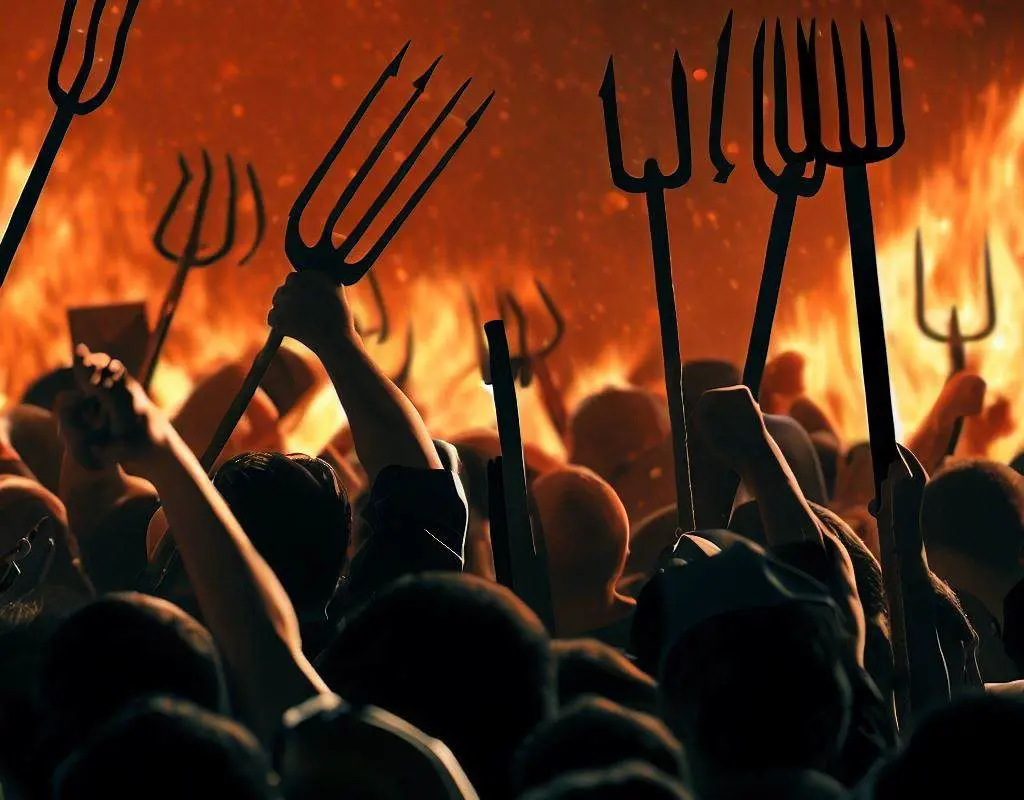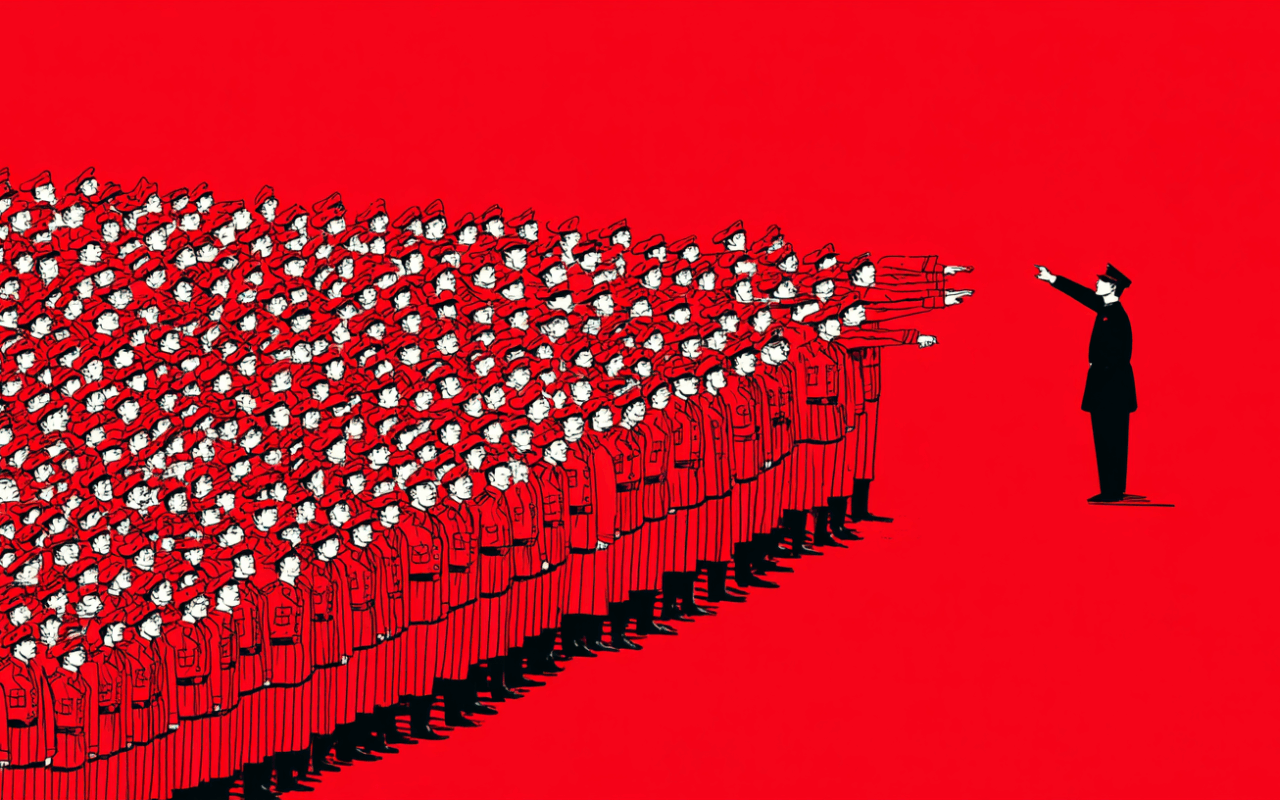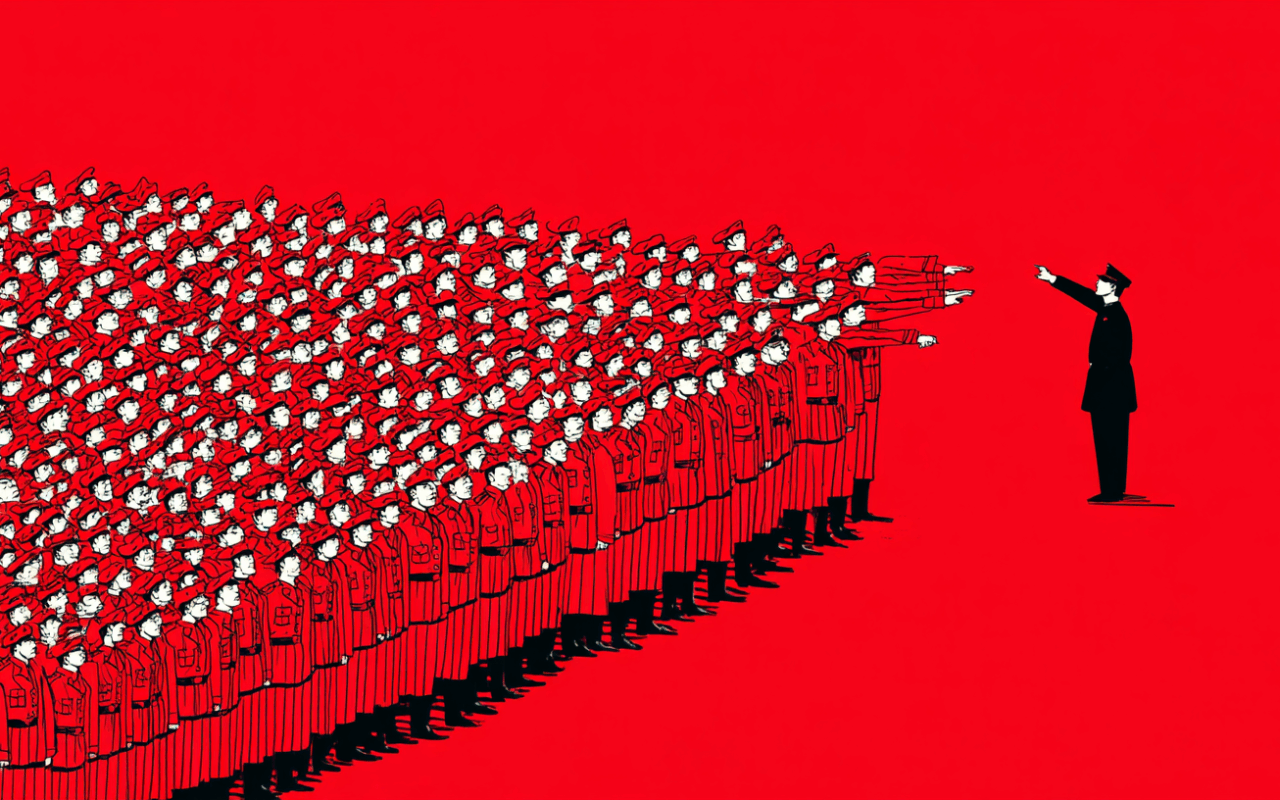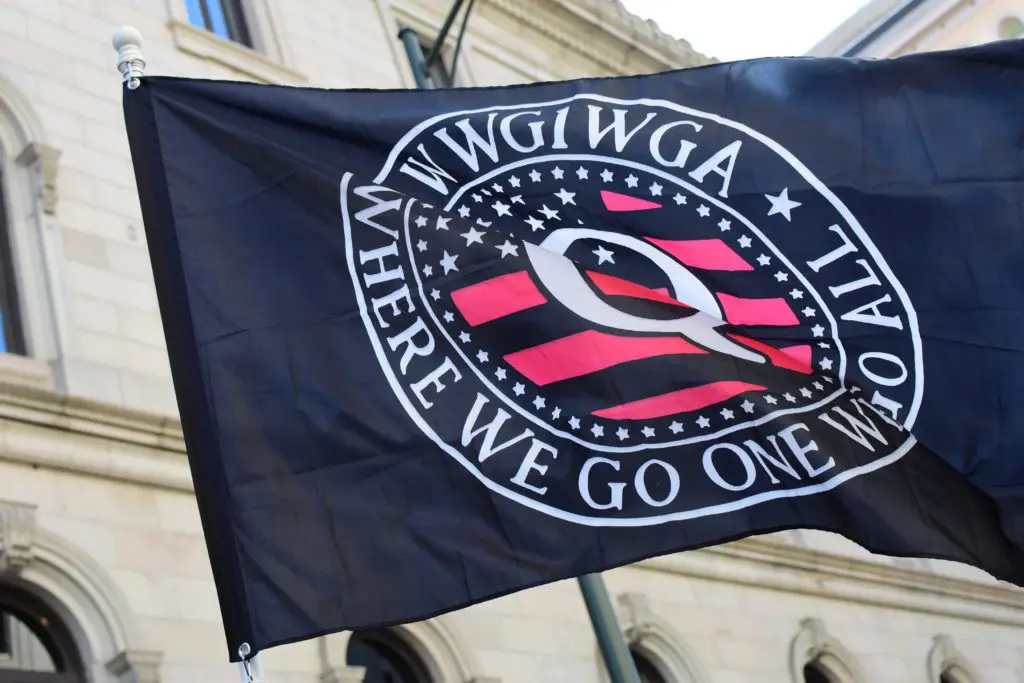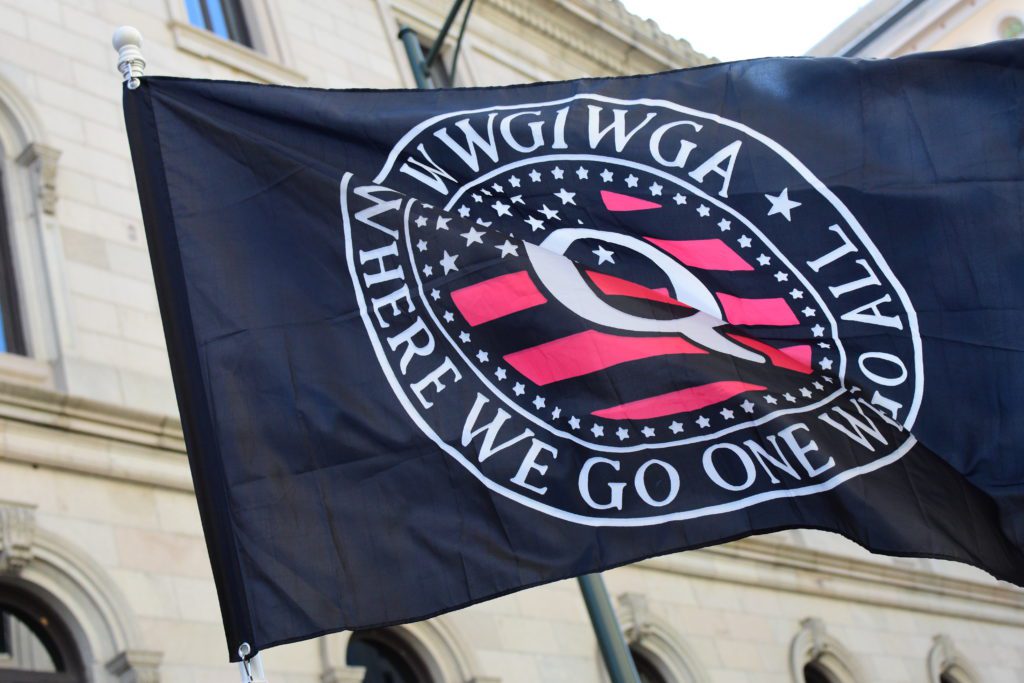Propaganda is a form of communication that aims to influence people’s beliefs, attitudes, or behaviors towards a particular cause, idea, or ideology. It involves the use of persuasive influence techniques to shape public opinion and to create a favorable image of a person, group, or organization, while discrediting or demonizing its opponents.
Propaganda can take many different forms, including posters, speeches, films, radio broadcasts, social media posts, and news articles. It can be used for political, social, religious, or commercial purposes, and it is often associated with authoritarian regimes or totalitarian societies.
One of the key characteristics of propaganda is its use of emotional appeals, rather than rational arguments, to sway people’s opinions. Propagandists often appeal to people’s fears, hopes, bigotries, or prejudices, and use catchy slogans, symbols, or images to make their message more memorable and persuasive. They may also use repetition, exaggeration, or distortion of facts to reinforce their message and to create a sense of urgency or crisis.
Disinformation at scale
Another key feature of propaganda is its use of selective or biased information to support its claims and to discredit opposing views. Propagandists may use half-truths, rumors, lies, or Big Lies to create a false or misleading picture of the situation, and to manipulate people’s perceptions of reality. They may also use censorship or propaganda techniques such as suppression of dissent, demonization of opponents, or use of fear to create a chilling climate of fear and intimidation.
Propaganda can also be used to create a sense of unity or identity among a group of people, by emphasizing their shared values, beliefs, or interests, and by portraying outsiders or enemies as a threat to their well-being. Propaganda can thus be used to mobilize people for a common cause, such as a war or a political campaign, or to reinforce existing social norms and values.
However, propaganda can also have negative consequences, such as creating divisions, fostering hatred, or suppressing dissent. It can lead to the dehumanization of other groups or individuals, and to the justification of violence or discrimination. Propaganda can also undermine democracy by limiting people’s access to accurate information and by creating a distorted view of reality.
To resist propaganda, it is important to be critical of the messages we receive, to question the sources and motives of the information, and to seek out alternative perspectives and sources of information. We should also be aware of our own biases and prejudices, and strive to be open-minded and tolerant of different opinions and viewpoints.


